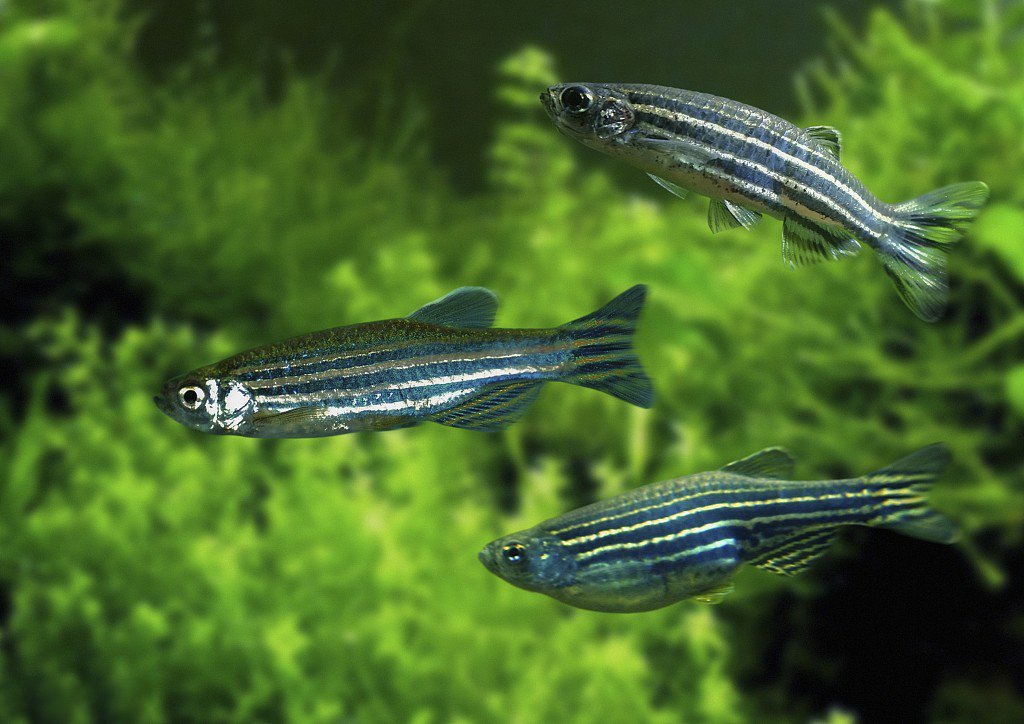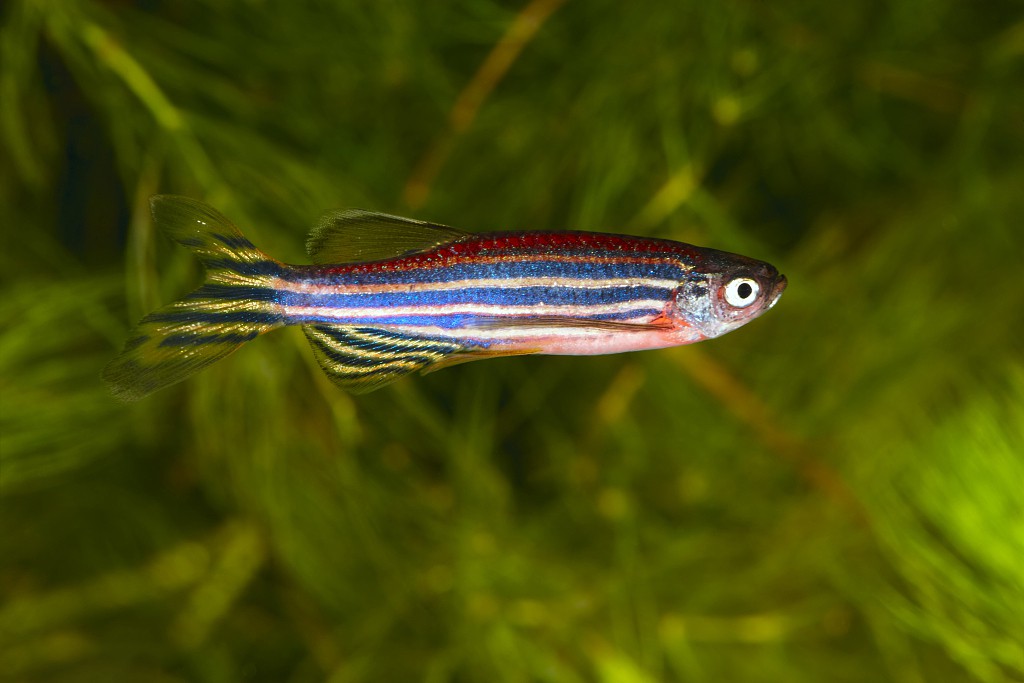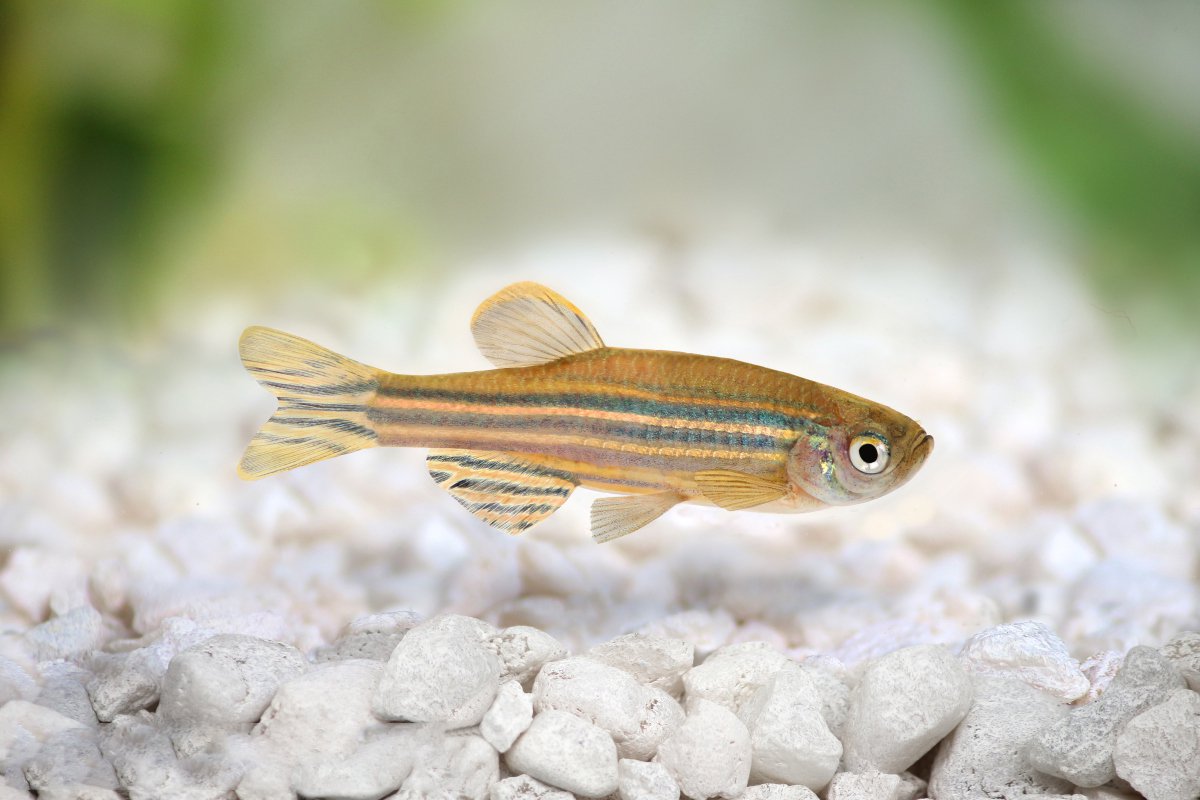As a novice fish keeper, you may often repeatedly read various materials and compare various information before keeping fish. Before buying a good fish tank, you may already be calculating what kind of fish to keep.
Content Table
The Inconspicuous Inhabitants of the Aquarium
Most of the fish suitable for novice keepers have two main characteristics: popular and easy to keep. For example mary fish, betta fish, zebrafish, neon swallowfish, pearl snapper, mini parrot fish, peacock fish, etc. In these repeatedly recommended, most of the fishermen will consider raising betta fish, because it is very beautiful with high ornamental, in comparison, zebrafish may be the most inconspicuous fish.
Why is the zebrafish inconspicuous? First of all, it is a common small tropical fish. Secondly, it doesn’t stand out enough in terms of color and appearance, there are too many animals that look better than it. Finally, zebrafish are often found in groups, gentle and small. Even in the aquarium, zebrafish are often supporting characters. Too many fish such as the fighting fish exist to overshadow the zebrafish.
Zebrafish’s scientific name is Danio Rerio, fish body is extended and slightly fusiform, the head is small and slightly pointed, the lip is short, the whole body is covered with many dark blue longitudinal lines like zebra, and silvery white or golden yellow longitudinal lines arranged between the lines are more organized, constantly swimming in the aquarium. When zebrafish swim in groups, the stripes on the body are like a herd of zebras running in the African grassland, so people call it zebrafish. Apart from this, zebrafish are easy to keep and can be mixed with other species of fish in one tank.
If you are starting to have some fish as a new aquatic pet, there is a high probability you know of zebrafish, but if you aren’t a big fan of zebrafish, there’s a good chance you don’t know some interesting facts about them. In this article, we will talk about more exactly interesting information about zebrafish.

About Zebrafish Habits
- Temperature
Zebrafish is a small tropical freshwater fish that can tolerate a relatively wide range of temperatures. The maximum tolerated temperature range is 6°C to 38°C. Generally, 28.5℃ is the optimum temperature for zebrafish breeding, and the room temperature control is usually set at 28℃. The higher breeding temperature may lead to a lower dissolved oxygen level in the water and cause the growth of bacteria, which affects their health. Too low a temperature will slow down the growth of zebrafish and reduce their spawning capacity.
- PH value
The PH of water has an important influence on the growth and reproduction of fish. Most zebrafish breeding facilities maintain a PH value of around 7.0-8.0, which is the range in which most freshwater fish live. Zebrafish can relatively tolerate a certain alkaline environment, acidic environment, but a PH value below 6.0 will cause zebrafish death.
- Water Hardness
The total hardness of water refers to the total concentration of Ca2+ and Mg2+ ions in it. Zebrafish are suitable for higher hardness water, over 100mg/L CaCO3 is beneficial for growth and reproduction. However, this adaptation is limited. There are no systematic and comprehensive studies, on the effects of how different ranges of hardness conditions aspects zebrafish’s growth and development.
- Salinity
Zebrafish are freshwater fish but can tolerate a wide range of salinity. The appropriate salinity for zebrafish culture is usually 0.25‰, salinity control range for aquaculture systems is 0.25-0.75‰.
- Dissolved oxygen
Dissolved oxygen is an important condition parameter in fish farming. Low levels of dissolved oxygen often result in significant fish mortality in the culture system. Zebrafish have a fast metabolic rate and thus consume higher levels of oxygen. It is recommended that the dissolved oxygen level in the culture water is maintained or not less than 6.0 mg/L (28.0°C), to maintain the healthy growth and activity of zebrafish. However, the higher the dissolved oxygen level the better. Excessive air circulation in water can cause the gas to reach and exceed the saturation concentration, producing large amounts of air bubbles, which can be fatal to the fish and produce bubble disease.
- Ammonia and nitrogen waste
Ammonia in cultured water mainly comes from the release of fish gill epithelial tissue and fecal discharge. The main source of nitrogenous waste is the degradation of organic matter (e.g., dead fish, feces, floating food) in the water columns. Higher concentrations of ammonia nitrogen are toxic to fish and also cause an increase in electrical conductivity in the water column. Nitrifying bacteria in water can convert ammonia and nitrogen wastes to nitrite, so for large recirculating aquaculture systems, cultivating and maintaining nitrifying bacteria levels is important for the health of the water column. Lower concentrations of nitrate are essentially harmless to fish, but concentrations above 200 ppm can have health consequences for zebrafish.
- Photoperiod/light intensity
A proper photoperiod is beneficial for zebrafish growth and reproduction. After a dark cycle, light induces zebrafish to start mating and spawning, and the mating and spawning can last for about an hour. 24 hours of continuous light may result in zebrafish not spawning. The appropriate photoperiod for zebrafish culture systems is a 14-hour light cycle and a 10-hour dark cycle. Also, the gradual light and dark of the lighting system can avoid irritating the zebrafish and prevent them from jumping out of the breeding tank.
The suitable light intensity range for zebrafish breeding is 54-324 lux. Too high light intensity will lead to algae growth in water and affect fish’s health. Too dark and insufficient light in the fish tanks will cause grayish stripes and insufficient vitality for zebrafish.

An interesting behavior of zebrafish
One of the most interesting things about zebrafish is that when they lose something — an eye, a fin, a tail, even individual cell types — they grow a new one.
The Scientific Value of Zebrafish
In addition to their many uses, zebrafish are also a great way to learn about human development. You may not know zebrafish share about 71 percent of the human genome, in some key cases, fish genes are near-perfect matches for people. According to a 2013 study by British researchers, 82 percent of genes associated with human diseases and disorders have a zebrafish counterpart. In addition to their genetic similarity to humans, zebrafish have other attributes that make them attractive to scientists who need to research large numbers of the same organism.
Zebrafish has attracted the attention of many researchers because of its small size, low breeding costs, ability to breed on a large scale, and many other advantages. After more than 30 years of research application and systematic development, there are about 20 zebrafish strains, and their genetic database has relevant information available for searching and downloading, which facilitates the research. The cell marker technology, tissue transplantation technology, mutation technology, haploid breeding technology, transgenic technology, and gene activity suppression technology of zebrafish have matured.
Thousands of zebrafish embryonic mutants are an excellent resource for studying the molecular mechanisms of embryonic development, and some of them can be used as human disease models. Zebrafish have become one of the most valued models of vertebrate developmental biology and have shown great potential for use in other disciplines. It has many characteristics such as high reproductive capacity, in vitro fertilization and development, embryonic transparency, short sexual maturation cycle, small individuals, and easy breeding, especially for large-scale positive gene saturation mutation and screening.
These characteristics make it one of the important model vertebrates in life science research in the functional genome era. Internationally, the use of zebrafish model organisms is gradually expanding and deepening into the study of the development, function, and diseases (e.g. neurodegenerative diseases, hereditary cardiovascular diseases, diabetes, etc.), various systems of living organisms (e.g. nervous system, immune system, cardiovascular system, reproductive system, etc.), and has been applied to the large-scale screening of new drugs for small molecule compounds.
Anyways, zebrafish would offer a more efficient, less expensive way to do genetics research.

Secrets You Should Know About Zebrafish
Zebrafish can actively “take drugs” to help find new treatments for addiction.
U.S. researchers have observed that zebrafish can actively “take drugs”, and some of their addiction-related behaviors are similar to those of humans, which could be used to research addiction-related drugs, not only help reduce the costs incurred in the research process but also help research new drugs and treatments for drug addiction.
Implanting human tumors in zebrafish to help cancer patients try drugs.
Scientists are trying to implant human tumors in zebrafish and create a model for the transplants so they can help more cancer patients try out drugs, and test which drugs are more effective for cancer patients. Fish is known as “mice in water” compared to traditional model organisms and have the advantage of being less expensive and more effective in screening for genes.
The zebrafish’s unique ability will be a boon to the blind.
According to news reports, British scientists have discovered that the cells of the human retina are highly similar to those of zebrafish. They have the special ability to repair their damaged retinas, which may bring benefits to the blind in the future after in-depth research. Other studies have shown that zebrafish tests may be able to develop drugs to prevent hearing loss, regenerate the eye, repair the heart, and more.
Zebrafish help human genetic research.
They are highly reproductive, with in vitro fertilization, short sexual maturation cycles, transparent embryos, small individuals, and easy to raise, especially for large-scale positive gene saturation mutation and screening. These characteristics make zebrafish one of the important model vertebrates in life science research in the functional genome era.
It also can monitor the water quality environment.
Hong Kong Water Supplies Department has developed a bio-sensing early warning system, once using zebrafish with computers and the internet for 24-hour monitoring and early warning, through the luminescent bacteria for rapid toxicity detection, within one hour to screen more than 1,000 kinds of harmful substances in the water, each time the cost is only 50 yuan Hong Kong dollars, it is estimated that the annual savings of 2 million Hong Kong dollars of expenditure.
As social animals, zebrafish are ideal models for studying psychiatric disorders that affect social behavior, such as schizophrenia and autism. Zebrafish experiments allow an understanding of the role and impact of drugs and behavioral therapies on the symptoms involved.
All in all, for aquarium novices, it’s a super easy thing to keep some zebrafish as new aquatic pets at home, but it’s not easy to know them very well. If you don’t know how to begin, get some advice from the article on how many zebrafish to keep in a 5 gallon fish tank. Whatever, as an old saying says, experience is the best teacher. When you want to know something about zebrafish, you had better keep some at least in your aquarium.


I would like to know is this product can help people with lung cancer
This may require a medical breakthrough.